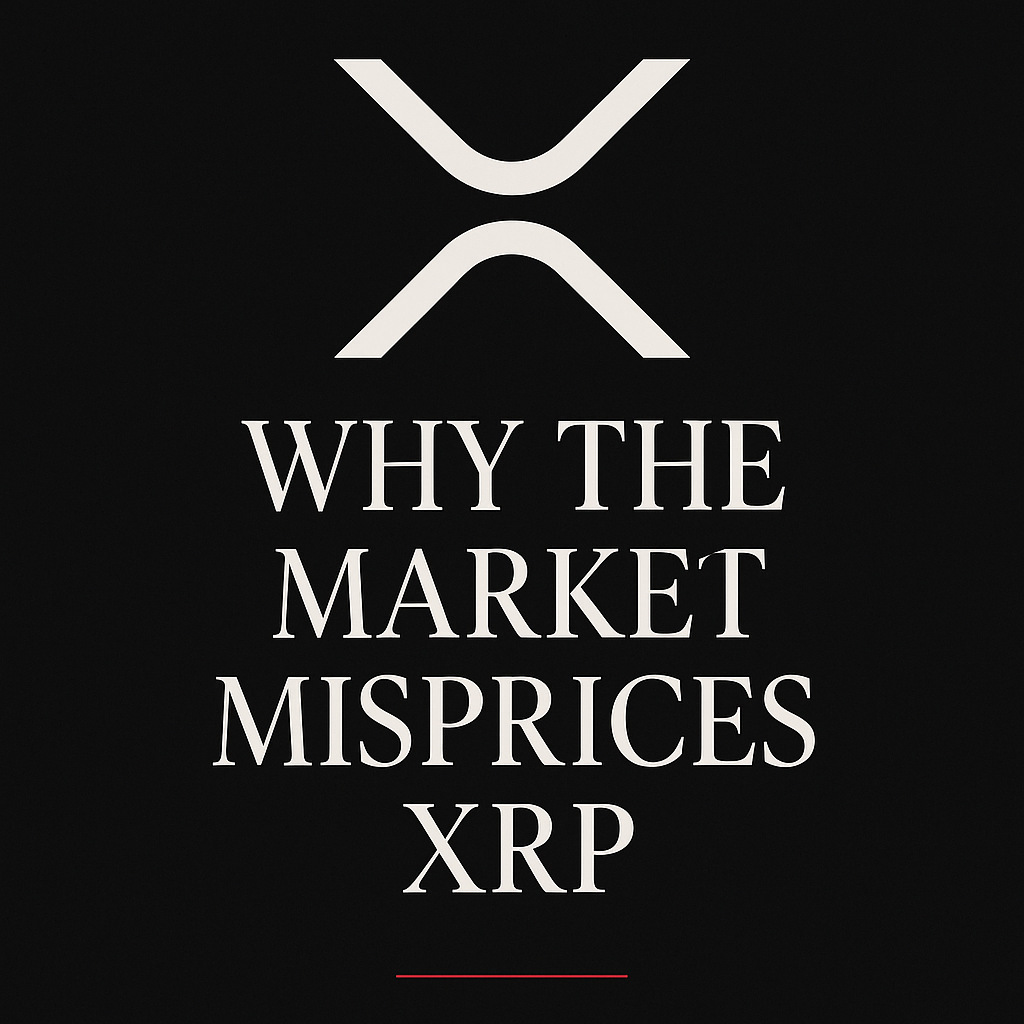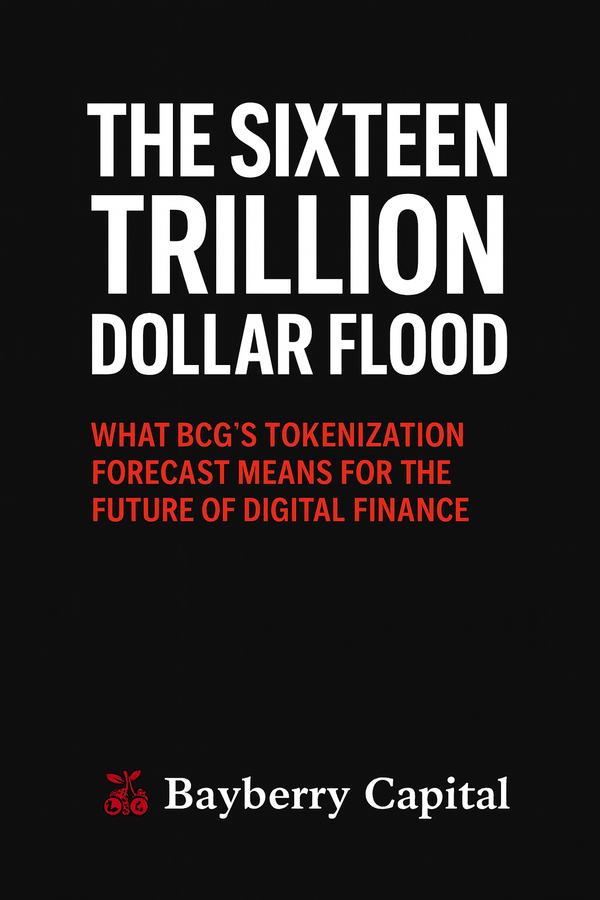Why the Market Misprices XRP

The market continues to misprice XRP because it does not understand what it is valuing. It sees a token. It does not see the system underneath it.
For years, the market has measured XRP by the wrong metrics. Traders look for volatility. Analysts look for headlines. But neither group studies infrastructure. XRP is not an entertainment vehicle. It is a financial instrument designed to move value with precision, finality, and neutrality across the global system. Its price does not yet reflect its function because the world has not yet priced the function itself.
The Market Does Not Know How to Value Infrastructure
Infrastructure has always been misunderstood in its early stages. Investors chase visible growth while overlooking the foundations that make that growth possible. The same dynamic played out during the early internet. The companies building routers, networks, and data centers traded flat while speculative capital flooded into dot-com names that produced nothing of substance.
Only after the infrastructure became indispensable did the capital flow back to the builders. XRP sits in that same position today. It is the plumbing for the next era of finance. The market sees a quiet chart and assumes irrelevance. What it is actually witnessing is the slow formation of an invisible network that will one day underpin global liquidity.
XRP’s True Function Is Rarely Understood
XRP was not designed to be another asset competing for speculation. It was engineered to serve as a bridge asset that connects isolated financial systems. It enables liquidity to move freely between currencies, payment networks, and tokenized value. That purpose requires institutional adoption, regulatory clarity, and deep technical integration. Those are slow processes measured in years, not weeks.
The market cannot price what it does not understand. It continues to compare XRP to speculative assets that depend on narrative cycles, when its entire architecture is monetary, not promotional. The longer that misunderstanding persists, the larger the revaluation becomes once utility takes center stage.
Liquidity Utility Does Not Trade Like Emotion
Utility adoption moves differently from market emotion. Liquidity infrastructure compounds quietly until it reaches a threshold where it becomes systemically necessary. At that point, demand can no longer be met by available supply. Prices then adjust rapidly to reflect new utility value.
Most traders have never seen this happen because it is the opposite of what drives retail markets. True adoption is slow, silent, and final. When financial institutions settle real volume through distributed systems, that liquidity does not leave. It deepens over time. XRP’s stability is not a weakness. It is a reflection of the phase it is in.
The Supply Argument Misses the Point
Critics often point to XRP’s total supply as if that alone defines potential. It does not. What matters is the effective circulating supply relative to utility demand. A large portion of XRP remains locked in escrow or held in long-term custody. The actual liquid float available for global settlement is far smaller than the headline number.
As transactional volume scales, velocity increases and available liquidity tightens. This compression of float against rising demand is what produces real price discovery. It is not speculation. It is mechanics.
Regulation Creates the Framework for Utility
Markets in traditional finance tend to price in regulation before it arrives. In digital assets, regulation is treated as an afterthought. Yet the clarity achieved through the legal resolution of XRP’s status is monumental. It transforms the asset from a legal risk into a compliant bridge mechanism that banks and institutions can actually use.
The market has not yet adjusted for that shift. It still trades as if XRP were a fringe instrument rather than an approved financial rail. That disconnect represents one of the clearest asymmetries in the digital asset space today.
The Coming Wave of Tokenized Value
The world is on the edge of a new financial structure where real-world assets are represented on ledger. Bonds, treasuries, currencies, and commodities will all be tokenized and exchanged digitally. Those systems cannot interoperate without a neutral bridge asset that can settle across networks. XRP was built precisely for that function.
As tokenized volumes expand, bridge liquidity becomes the new oil of global finance. The demand for a neutral settlement medium grows with every asset that moves on chain. That demand is structural. It will not be fueled by speculation but by necessity.
Institutional Integration Is Quiet by Nature
True adoption rarely announces itself. Ripple and its partners operate within a regulated environment that prioritizes reliability over visibility. Pilot corridors, enterprise solutions, and liquidity partnerships are developed privately, tested quietly, and scaled only when they function flawlessly.
Retail markets look for public excitement. Institutions look for certainty. The groundwork being laid today will not reflect in price until the infrastructure becomes critical to operations. When it does, the market will recognize that years of silence were actually years of construction.
Perspective Determines Perception
The difference between a speculator and an investor is the ability to see beyond the present moment. XRP’s current market capitalization looks large only to those who compare it to other digital assets. When measured against global settlement volumes, foreign exchange flows, and tokenized asset projections, it is insignificant.
The mispricing exists because the market still views XRP as a trade rather than a transformation. It values it as if it were another coin rather than a piece of monetary infrastructure positioned to facilitate trillions in global flow. When perspective shifts from price charts to liquidity mechanics, valuation models change completely.
XRP is mispriced because the market continues to treat it as an event instead of a system. It has not yet realized that value in financial architecture accrues slowly, then all at once.
When settlement across distributed systems becomes the norm rather than the experiment, XRP will no longer need promotion or defense. Its utility will speak for itself.
At that point, the market will not be discovering a new asset. It will be recognizing one that has been here all along, quietly building the foundation for the next era of value transfer.





